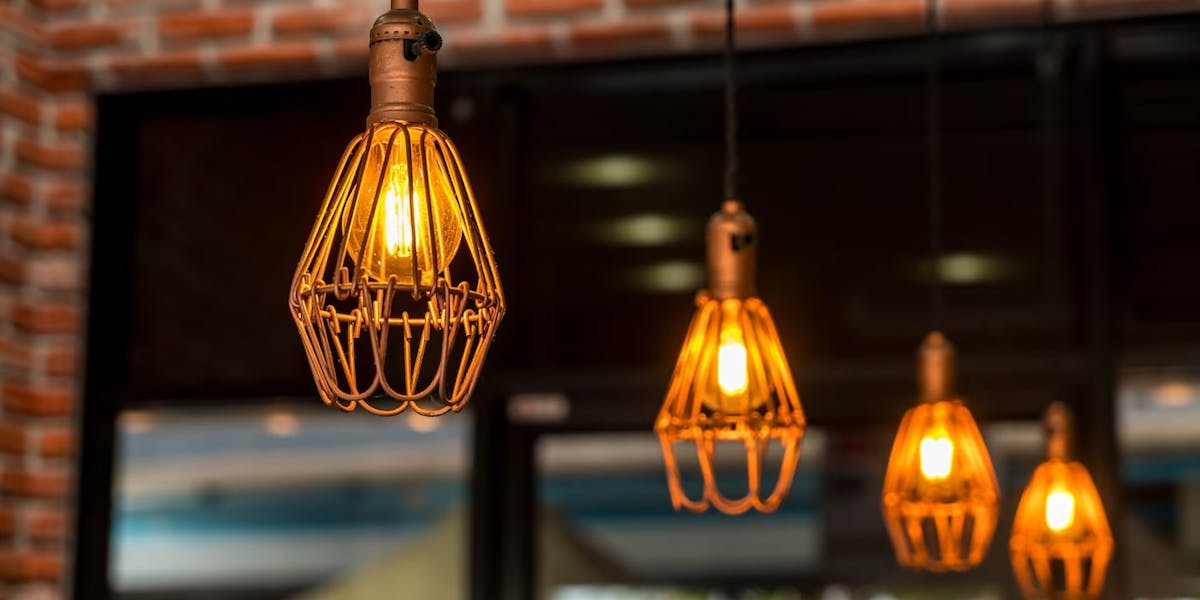Exploring the Latest Trends in Lighting Technology
Discover cutting-edge lighting trends: LED efficiency, smart control, human-centric design, sustainability & more. Illuminate your world!

In the realm of technology, lighting has undergone a remarkable evolution, transforming from mere illumination to a sophisticated fusion of aesthetics, energy efficiency, and smart functionality. As we delve into the latest trends in lighting technology, it becomes evident that lighting is no longer just a practical necessity, but a creative tool that enhances our spaces and lifestyles.
Introduction
The world of lighting has advanced by leaps and bounds, transitioning from traditional incandescent bulbs to cutting-edge lighting solutions that cater to our needs and aspirations. Today, lighting not only brightens our surroundings but also sets the tone and mood, positively impacting our overall living experience.
The Rise of LED Lighting
LED (Light Emitting Diode) lighting has emerged as a game-changer, primarily due to its energy efficiency and extended lifespan. Beyond the practical benefits, LED lighting allows for the creation of versatile lighting environments, from warm and cozy to vibrant and energetic.
Smart Lighting and IoT Integration
The integration of lighting with the Internet of Things (IoT) has paved the way for smart lighting systems. With voice commands and smartphone apps, users can control the intensity, color, and even scheduling of their lights. Adaptive lighting that adjusts to circadian rhythms contributes to our overall wellbeing.
Human-Centric Lighting
Understanding the impact of light on human health has led to the concept of human-centric lighting. By mimicking natural light patterns, lighting systems can regulate our internal body clocks, enhance our mood, and boost productivity. This trend has gained significant traction in both residential and office settings.
Sustainable and Eco-Friendly Lighting
As sustainability becomes a global priority, lighting manufacturers are incorporating eco-friendly practices. From using recycled materials in production to designing fixtures that minimize light pollution, the industry is aligning with environmental consciousness.
Li-Fi Technology
Li-Fi, or Light Fidelity, is an innovative technology that employs light to transmit data wirelessly. Using LEDs to send and receive data, Li-Fi offers high-speed connectivity that complements traditional Wi-Fi, showing promise in scenarios where radio frequency interference is a concern.
Interactive and Dynamic Lighting
The realm of lighting has extended beyond illumination to artistic expression. Dynamic lighting installations are being used to create captivating visual experiences, often responding to movement, sound, or user interaction, effectively turning spaces into interactive works of art.
UV-C Lighting for Disinfection
The ongoing global health concerns have given rise to UV-C lighting for disinfection purposes. Ultraviolet light has proven effective in neutralizing pathogens, making it an invaluable tool for maintaining cleanliness in healthcare facilities, public spaces, and even in our homes.
Integration of Biophilic Design
Biophilic design focuses on our inherent connection to nature. Lighting is a crucial element in this design philosophy, with fixtures mimicking natural light and even incorporating elements like plant-inspired designs, fostering a deeper connection to the outdoors.
Conclusion
The evolution of lighting technology is a testament to human ingenuity. From energy-efficient LEDs to smart lighting systems and beyond, the convergence of aesthetics, functionality, and sustainability continues to shape the way we illuminate our lives. As we explore these trends, it's clear that lighting is no longer confined to utility; it's an art form that enriches our spaces and elevates our experiences.
FAQs
1: Are LED lights more expensive upfront?
While LED lights may have a higher initial cost, their energy efficiency and longer lifespan often result in cost savings over time.
2: Can I control smart lights when I'm not at home?
Yes, many smart lighting systems offer remote control via smartphone apps, allowing you to manage your lights from anywhere.
3: How does human-centric lighting improve productivity?
Human-centric lighting can regulate sleep patterns and enhance mood, positively influencing focus and productivity.
4: Is UV-C lighting safe for humans?
UV-C lighting can be harmful to skin and eyes, so it's important to use it in controlled settings and avoid direct exposure.
5: Can I incorporate biophilic lighting in my home?
Absolutely. Biophilic lighting principles can be applied through fixtures that mimic natural light patterns and incorporate nature-inspired designs.
Latest Blog Posts




